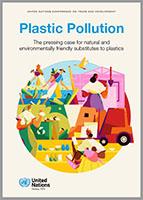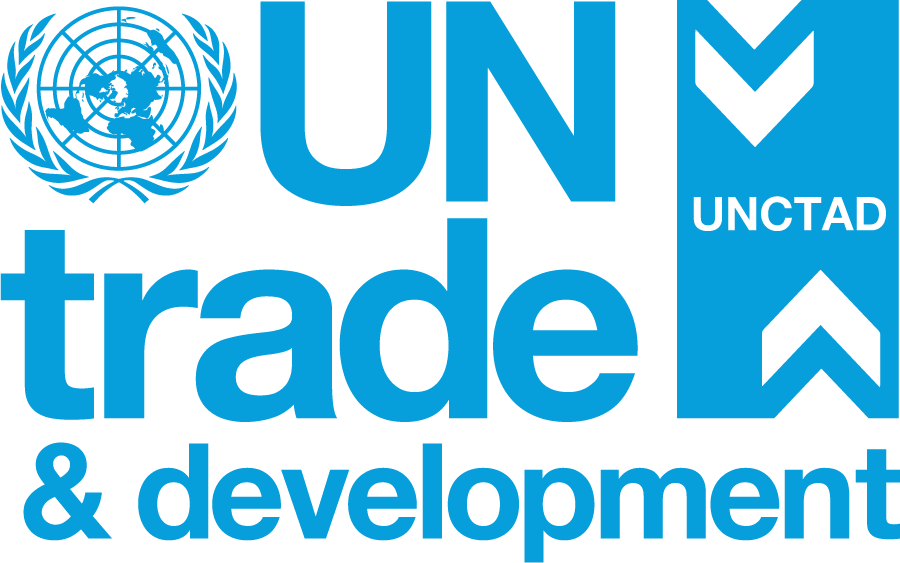Plastic Pollution: The pressing case for natural and environmentally friendly substitutes to plastics

With plastic pollution becoming a global crisis over the past few years, finding material alternatives and substitutes to plastic material has gained urgency. However, it is crucial to carefully consider the socio-environmental consequences of plastic substitutes. While efforts towards substituting plastics with natural and sustainable materials are gaining momentum, it is important to note that not all substitutes are always environmentally friendly. Therefore, it is crucial to conduct a standard life cycle analysis to assess the impact and viability of potential substitutes.
This UN report highlights material substitutes as being essential tools in the fight against plastic pollution. It suggests that natural materials from mineral, plant, animal, marine or forestry origin, that can perform similar functions to plastics, should be considered as substitutes. It is also important to note the difference with plastic alternatives, which can include bioplastics or biodegradable plastics.
The report presents an extended illustrative list of materials and product substitutes for plastics, constituting an initial basis for analysis and policy action. A total of 282 codes for materials and products which can perform similar functions to plastics, and thus act as substitutes, have been identified in the Harmonized System (HS). The trade value of plastic substitutes in 2020 was $388 billion, with only one third of this being in the form of products, with two thirds as raw materials. This represents an opportunity for policy support and incentives towards higher value-addition in this sector, with plastics substitutes representing one third of the total global plastics exports in 2020.
Trade policies and their instruments can influence the development of plastic substitutes. However, current import tariffs pose challenges to making them economically viable, as tariffs are often lower for plastic products than they are for substitutes, making them more expensive to use. This requires action to rebalance tariff schedules, revise HS codes, expand financial instruments, and reach a consensus on standardized life cycle indicators.
Finally, the report suggests that the shift towards plastic substitutes can also be viewed as an economic development policy. It can foster growth, increase exports, reduce pollution and emissions, as well as create higher-value employment opportunities, particularly in developing economies. However, it is important to consider potential impacts on women and changes in labour structures.


